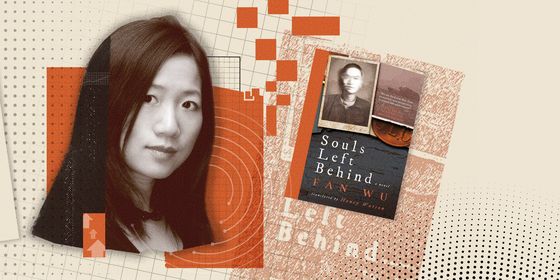How well are translated Chinese novels doing?
China’s literary scene is lively and prolific, yet it’s largely unfamiliar to English readers. Bookshops in London, where I live, are still shelving Mo Yan’s novels under “Y,” and respected literary critics reviewing Jia Pingwa are on first-name terms, calling him “Pingwa” in their copy.
I have been a literary translator from Chinese for 25 years, but I still puzzle over why so little of China’s contemporary literature gets translated, compared to other languages, and to the amount translated from English to Chinese; and why some Chinese authors go down well with readers, and why some Chinese novels (having been translated) sink without a trace.
Translated fiction from any language has a hard time in English. The depressing figure that used to do the rounds in literary circles was that only 3 percent of literature published in English annually was translated from other languages, colloquially known as the “3 percent problem.” Things are getting better: Neilsen BookData reported that sales of fiction translated from a variety of languages grew by 5.5 percent in the UK in 2018, though few works make it onto bestseller lists.
But translations from Chinese lag some way behind, as evidenced by their poor showing in international literary prizes. Since 2019, the number of translations from Chinese that have won international translation awards has been close to zero. In 2019, only one Chinese work appeared on two longlists (the International Booker Prize and the Best Translated Book Award), and got no further—it was Love in the New Millennium by Can Xue, translated by Annelise Finegan Wasmoen.
In 2020, no Chinese translations were nominated or shortlisted for major prizes, although 2021 saw some improvement: Strange Beasts of China by Yan Ge and translated by Jeremy Tiang was runner-up in the Warwick Prize for Women in Translation—a significant success. By contrast, Japanese and Korean writers regularly win international prizes.
The Sinophone literary world as a whole (I am including writers from Hong Kong and Taiwan, and Chinese-speaking parts of Southeast Asia) is extremely active and creative, but there is no figure of the international stature and level of recognition of, say, Garcia Marquez, Proust, or Tolstoy.
It is worth looking at a few of the factors that stop great Chinese novels getting into English and into readers’ hands. Let’s just say for starters, that the problem is not the lack of translators. There are far more Chinese-English translators now than when I started in the 1990s, and they take translation much more seriously and do it better.
But the cultural background and content of many Chinese novels is very different from what Western readers expect or know anything about. A case in point: Some of the great late-20th century and current writers produce complex, lengthy novels about rural life. If, in addition to their unfamiliarity, these works are poorly translated (yes, it occasionally happens), and published with little to no marketing (that also happens), they are likely to die before they have had a chance to live.
Found In Translation is a story from our issue, “Public Affairs.” To read the entire issue, become a subscriber and receive the full magazine.













